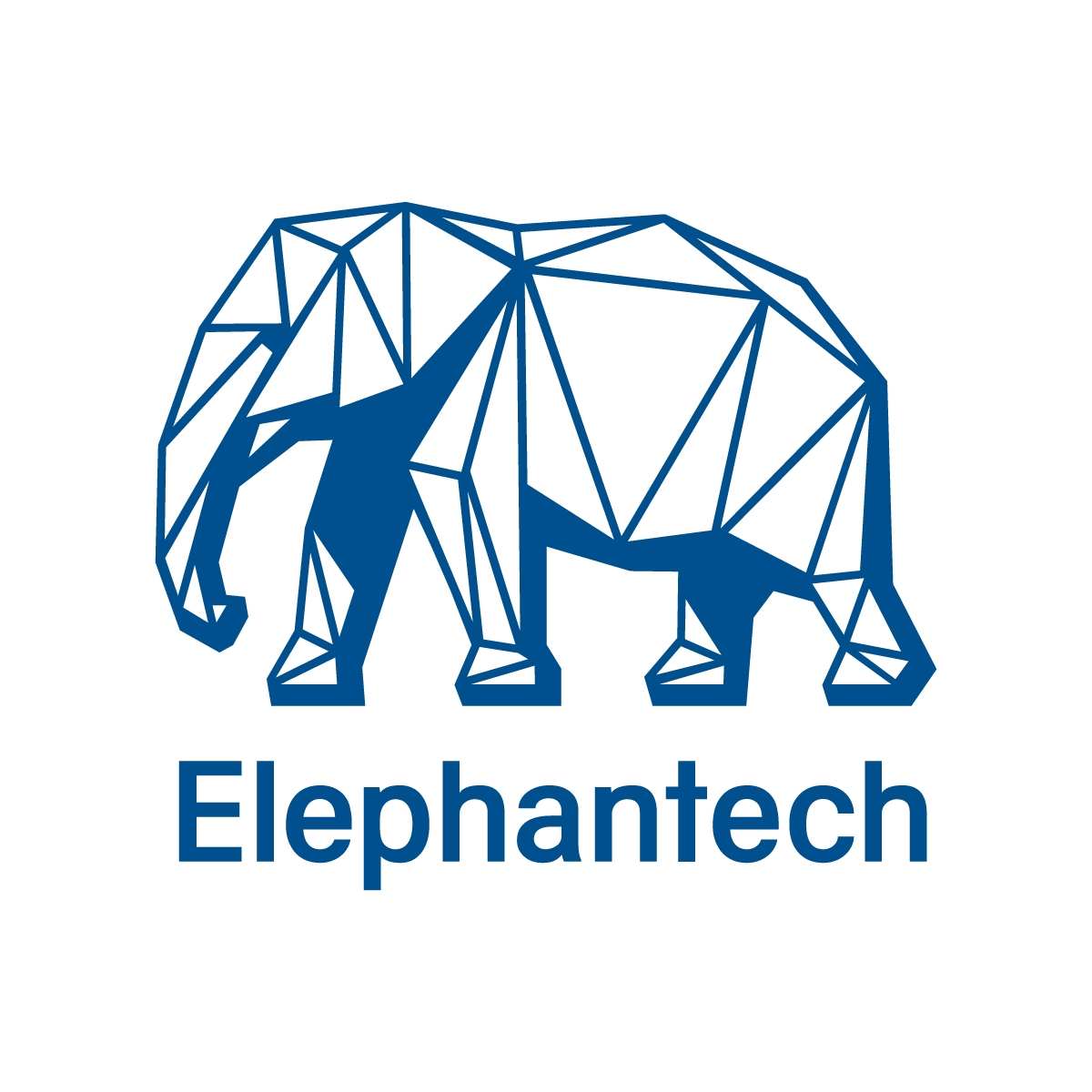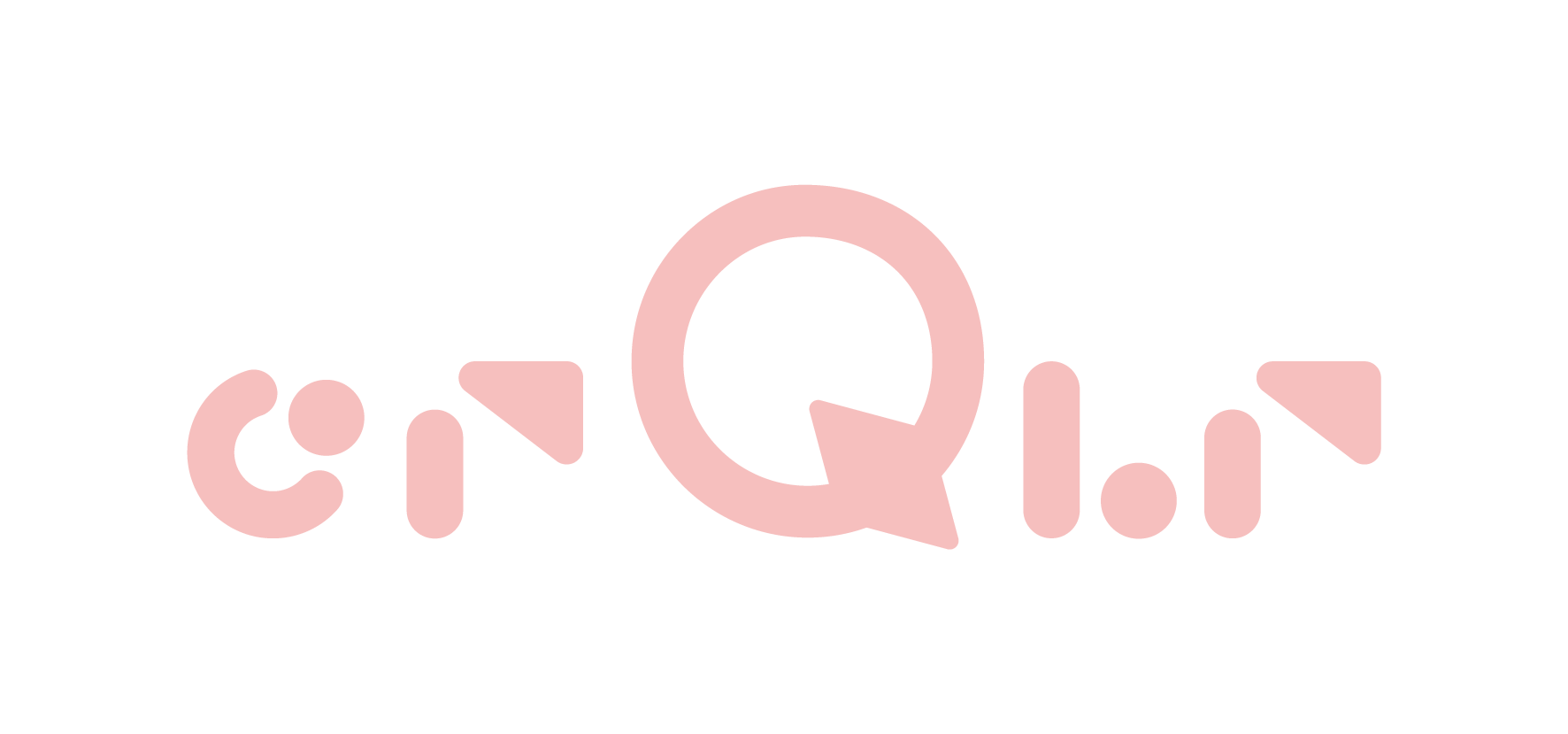-
応募プロジェクト・アイデアのタイトル(日英併記)
衣服の布地の色や柄の変更による再利用を可能にするポリエステル布脱色技術 『ネオクロマト加工』 The "Neochromato Process", a polyester textile decoloring technology that enables the reuse of garments by changing their colors and patterns.
-
応募プロジェクト・アイデアの紹介動画URL(5分以内)
https://youtu.be/GUcVjU_L-AM
-
応募プロジェクト・アイデアの詳細説明(日英併記)
(日本語)
ポリエステル布脱色技術 『ネオクロマト加工』
エレファンテックでは、衣服の布地の色や柄の変更による再利用を可能にするポリエステル布脱色技術『ネオクロマト加工』を日華化学と共同開発しました。
温暖化ガスの排出削減機運の高まりを受けて、より環境負荷に配慮した動きが広がってきています。環境省によると『ファッション産業は、製造にかかるエネルギー使用量やライフサイクルの短さなどから環境負荷が非常に大きい産業と指摘されており、国際的な課題』として改善を求められている状況であり、この大量生産・大量消費・大量廃棄から脱却したサステナブルな取り組みが注目され始めています。その中でも、ポリエステルは2019年に生産された繊維のうち52%※を占める最も広く使われている材料です。そのうちリサイクルポリエステルの割合は14%まで上昇してきましたが、その大半はペットボトルなど無着色かつ異分野の素材から生産されています。服から服へのリサイクルを阻んでいる大きな原因の一つは、ポリエステル繊維の脱色が難しいことなのです。
ネオクロマト加工は、ポリエステル製の服の色や柄を何度でも変えられる新しい再利用技術です。服などの縫製品を粉砕したり、薬品に溶かしてリサイクルする前に新しい使い道を作ることで製品寿命を延ばし、環境負荷を削減することができます。
環境負荷削減に大きな貢献をする『ネオクロマト加工』は下記の特長があります。
・分散染料によって染色したポリエステル生地であれば脱色が可能(染色、捺染、昇華転写、どれでも対応が可能)
・水を使わないプロセスによる脱色後(溶剤除去工程含む)に、プリントや染色ができ、色柄の変更が何度でも可能
・別工程で生成される廃棄物から作った溶剤を使用
・競合プロセスに比べて溶剤使用量は極少(処理対象重量と同程度) 回収、再利用も可能
ポリエステル生地を染めている分散染料を抽出し、同時に紙で吸い取ることで水を一切使わない脱色を実現させています。且つ、分散染料と溶剤を吸収した吸い取り紙は燃えるゴミとして処理ができ、水の利用や廃水による水質汚染を最小限に抑えることができる生物多様性に寄与できるサステナブルな技術です。
また、糸から布を作り縫製する工程を通さずに、服の形のまま再生できることは、製品の価値をより長く維持することができ、CO2の削減効果も高まります。
※ Textile Exchange Preferred Fiber & Materials Market Report 2020
(en)
Polyester Textile decoloring Technology "Neochromato Process."
Elephantech has jointly developed with NICCA Chemical the "Neochromato Process," a polyester textile decoloring technology that enables the reuse of clothing fabrics by changing their colors and patterns.
With the growing momentum to reduce greenhouse gas emissions, more consideration is being given to environmental impact. Japanese Ministry of the Environment says, "the fashion industry is considered an industry with a huge environmental impact. Because due to the amount of energy used in manufacturing and short life cycles. That is an international issue that requires improvement". Sustainable initiatives that shift away from mass production, consumption, and disposal are beginning to attract attention. Among these, polyester is the most widely used material, accounting for 52%* of all fibers produced in 2019. The percentage of recycled polyester has risen to 14% of that total. Still, most of that is produced from materials in the uncolored, non-textile sector, such as PET bottles. One of the significant obstacles to textile-to-textile recycling is the difficulty of decoloring polyester fibers.
The Neochromato process is a new reuse technology that can change the color and pattern of polyester clothing as many times as needed. Creating new usages for recycling apparel and other sewn products is important before they are crushed or dissolved in chemicals. This reuse technology can extend product life and reduce environmental impact.
The "Neochromato process," which contributes greatly to reducing environmental impact, has the following features.
・Decoloring is possible for polyester fabrics dyed with disperse dyes (dyeing, textile printing, sublimation transfer, etc., are all possible).
・After decoloring by a waterless process (including solvent removal), printing and dyeing are possible, and you can change the color pattern as often as possible.
・The special solvent is made from the waste generated in another process.
・Solvent consumption is extremely low compared to competing methods (about the same as the weight to be treated) and can be collected and reused.
The process achieves decoloring without using any water by extracting the disperse dye that dyes the polyester fabric and absorbing it with paper simultaneously. The absorbent paper that absorbs the disperse dye and solvent can be disposed of as burnable waste. It can minimize water use and water pollution from wastewater, making this a sustainable technology contributes to biodiversity.
In addition, the ability to recycle clothes in their actual form, without going through the process of making cloth from yarn and garment products, helps to keep the product's value for a more extended period and increases CO2 emissions reduction.
* Textile Exchange Preferred Fiber & Materials Market Report 2020 -
キーワード
#circular economy #Material #Fashion
-
応募プロジェクト・アイデアのWebサイトがありましたら、URLをご記入ください。
https://info.elephantech.co.jp/neochromato https://info.elephantech.co.jp/en/neochromato
-
【特別賞】「地域資源の活用」として、素材や知見などの、地域資源をどのように活用して、課題に取り組んでいるか。(日英併記)
-
【特別賞】「コミュニティから始まり、持続される」として、地域コミュニティでの活動を通じて、どのようにその活動を持続させているか。
-
【特別賞】「天然資源の再生」どのように廃棄物や汚染を排除し、天然資源を再生しているか。
ポリエステル生地を染めている分散染料を抽出し、同時に紙で吸い取ることで水を一切使わない脱色を実現させています。且つ、分散染料と溶剤を吸収した吸い取り紙は燃えるゴミとして処理ができ、水の利用や廃水による水質汚染を最小限に抑えることができる生物多様性に寄与できるサステナブルな技術です。
また、糸から布を作り縫製する工程を通さずに、服の形のまま再生できることは、製品の価値をより長く維持することができ、CO2の削減効果も高まります。
The process achieves decoloring without using any water by extracting the disperse dye that dyes the polyester fabric and absorbing it with paper simultaneously. The absorbent paper that absorbs the disperse dye and solvent can be disposed of as burnable waste. It can minimize water use and water pollution from wastewater, making this a sustainable technology contributes to biodiversity.
In addition, the ability to recycle clothes in their actual form, without going through the process of making cloth from yarn and garment products, helps to keep the product's value for a more extended period and increases CO2 emissions reduction.
- 1039


